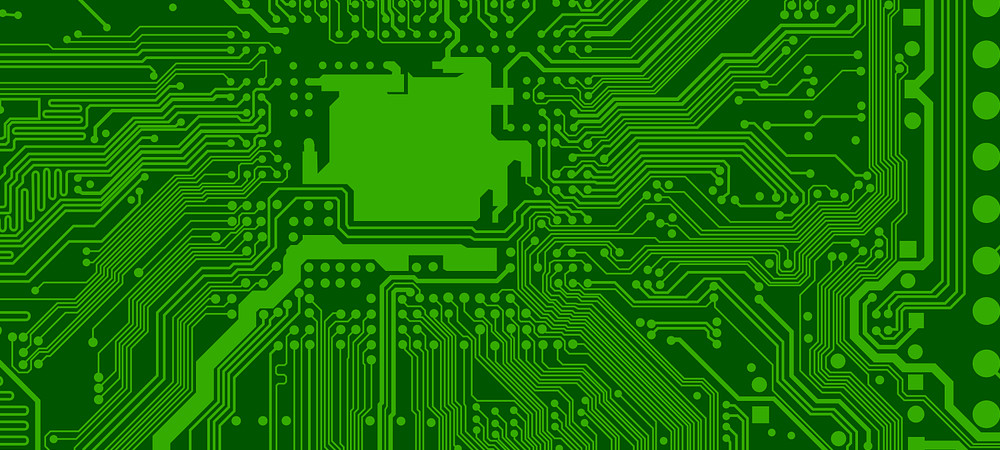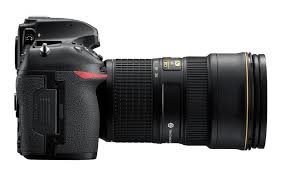Electronic Goods

About Electronic Goods
Electronic goods have become an integral part of our daily lives in today’s technologically advanced world. From smartphones to smart homes, these products have revolutionized the way we communicate, work, and entertain ourselves.
The world has witnessed a remarkable transformation with the advent and rapid development of electronic goods. From our homes to workplaces, electronics have become an integral part of our daily lives. They have revolutionized the way we communicate, entertain, work, and even perform mundane tasks.
Electronic goods have revolutionized the way we live, work, and entertain ourselves. From enhancing connectivity to improving productivity and efficiency, these products have become an integral part of our daily lives. The industry continues to evolve, driven by emerging technologies and a growing emphasis on sustainability.
As we navigate the future, it is crucial to balance innovation with responsible consumption, ensuring that electronic goods contribute positively to society while minimizing their environmental impact. It is crucial to embrace these advancements responsibly and harness their potential for the betterment of society.
Advantanges
Convenience and Connectivity: Electronics goods have transformed the way we communicate and connect with others. Smartphones have become our constant companions, providing instant access to information, social media platforms, and communication channels. The advent of wearable devices, such as smartwatches and fitness trackers, has further enhanced our connectivity, allowing us to monitor our health and stay connected on the go.
Productivity and Efficiency: Electronics goods have significantly improved productivity and efficiency in various sectors. Computers and laptops have become indispensable tools for work, education, and research. The introduction of cloud computing and software-as-a-service (SaaS) platforms has revolutionized the way businesses operate, enabling collaboration, remote work, and streamlined processes. Additionally, advanced electronic appliances and devices have automated tasks, making our lives more convenient and efficient.
Entertainment and Media: The entertainment industry has experienced a profound transformation with the rise of electronic goods. High-definition televisions, home theater systems, and gaming consoles have provided immersive experiences, blurring the boundaries between the virtual and real world. Online streaming services have revolutionized the way we consume media, giving us access to a vast array of movies, TV shows, and music at our fingertips.
Sustainable Technology: As the demand for electronic goods continues to rise, sustainability has become a pressing concern. The industry is striving to develop eco-friendly and energy-efficient products. Manufacturers are focusing on reducing waste, implementing recycling programs, and using environmentally friendly materials. Additionally, there has been a push for electronic waste management and recycling to minimize the environmental impact of discarded devices.
Emerging Technologies: The electronics industry is constantly evolving, driven by technological advancements. Artificial intelligence (AI), virtual reality (VR), and the Internet of Things (IoT) are revolutionizing the way we interact with electronic devices. AI-powered voice assistants, smart home automation, and autonomous vehicles are becoming increasingly common, enhancing our daily lives and transforming industries such as healthcare, transportation, and manufacturing.
Education: Electronics goods have revolutionized education, making learning more interactive, accessible, and engaging. Digital learning platforms, e-books, and online courses have expanded educational opportunities beyond traditional classrooms. Students can access vast repositories of knowledge, collaborate with peers, and engage with interactive learning materials. Furthermore, electronic devices have facilitated personalized learning experiences, catering to individual needs and learning styles.
Healthcare: Electronics goods have significantly impacted the healthcare industry, improving diagnostics, treatment, and overall patient care. Medical devices such as MRI machines, ultrasound scanners, and monitoring systems have revolutionized disease detection and treatment planning. Electronic health records and telemedicine have made healthcare services more accessible, enabling remote consultations and reducing the need for physical visits. Wearable devices and health-tracking applications have also empowered individuals to monitor their health and well-being in real time.
Electronic Goods Listing
Digital Single-Lens Reflex (DSLR) camera is a type of digital camera that uses a mirror and prism system to reflect light from the lens to the optical viewfinder, allowing the photographer to see the scene directly through the lens. When the shutter button is pressed, the mirror flips up, allowing the light to hit the camera’s image sensor and capture the image.
DSLRs combine the precision and control of traditional film-based SLR cameras with the versatility and convenience of digital imaging. They offer a range of features and benefits that make them popular among professional photographers, enthusiasts, and even beginners who are passionate about photography.




